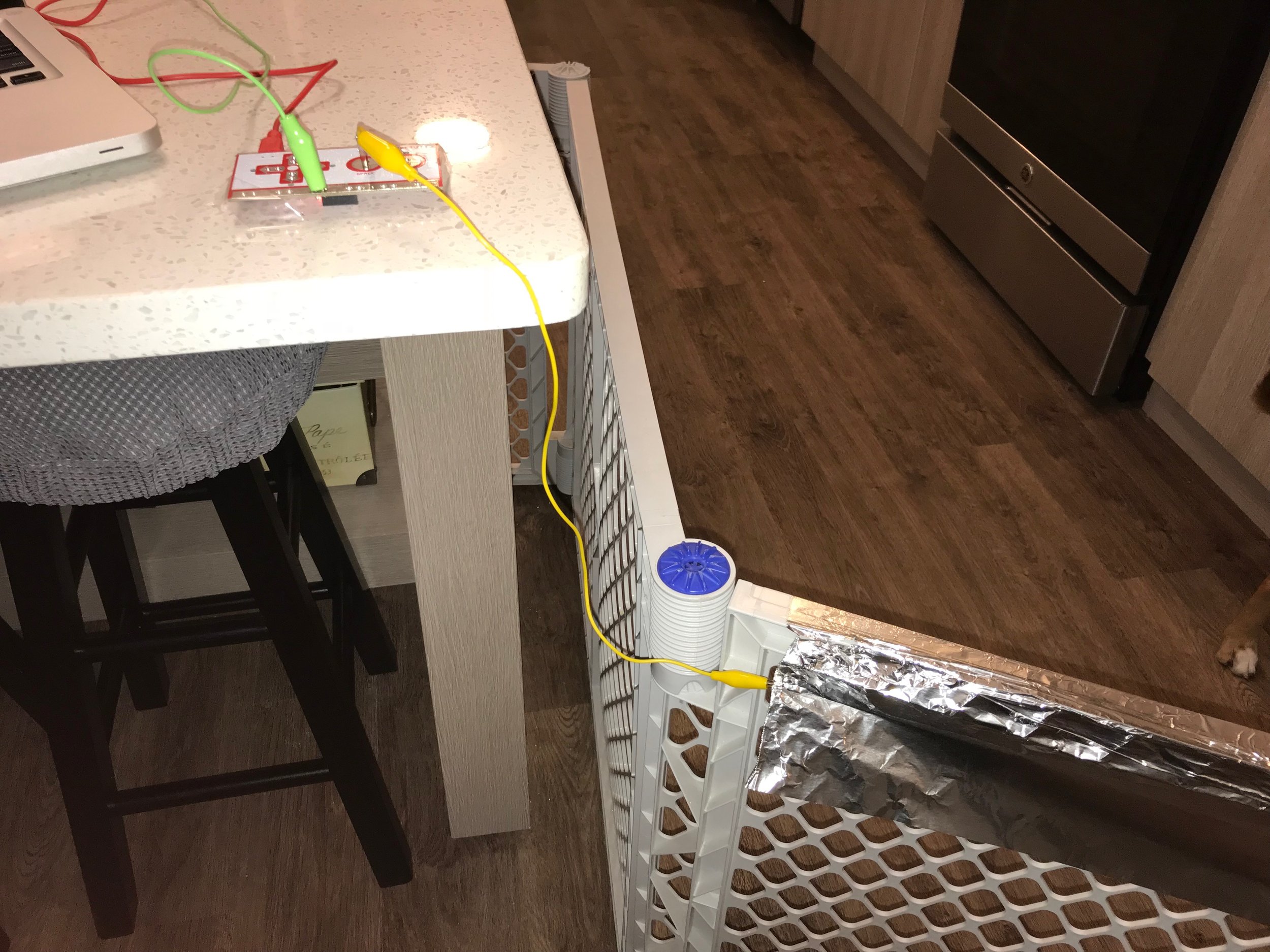As a fifth-year educator, I consider myself fortunate having taught a multitude of subjects, beginning with business courses to currently teaching digital technology and STEM courses. Initially, I received my undergraduate degree in Business, later receiving my teacher certificate; therefore, my general knowledge of pedagogy was minimal. During my first year of teaching, I learned a great deal about the importance of formatively and summatively assessing students — most notably utilizing rubrics as a way to clearly define criteria and expectations to students.
Photo by The Creative Exchange on Unsplash
For students in a financial literacy class tasked with effectively creating a budget worksheet or analyzing a simulated portfolio of stocks, criteria for assessing were straightforward. Contrarily, when tasking students with creatively solving problems — whether for design challenges, problem-based learning or inquiry-based learning projects — the task of outlining criteria becomes much more expansive. Effectively assessing students’ learning via maker-inspired activities requires a deeper look into what creativity is and how educators evaluate whether or not a student displays such qualities in their work.
Ask any given person to define ‘creativity’ and you will receive a wealth of responses along with, perhaps, some perplexed looks. Most of us can spot a creative idea when we see one, however defining the word is surprisingly challenging; the reason being, creativity is not defined by one specific indicator, rather many of which include, imagination, style, cleverness and the ability to impact others (Wiggins, 2012).
In full disclosure, upon reading Grant Wiggin’s insights on assessing creativity, I was apprehensive to believing I could effectively and objectively assess that of my own students. Although, by not providing my students with concrete objectives and feedback regarding creativity, both formatively and summatively, my efforts are falling short. Further, if my students understand specifically what creative problem-solving consists of, they can more accurately assess their own creativity skills and adapt when necessary.
For example, take the classroom design challenge that I recently published, which tasks students with creating an interactive prototype of their ideal classroom using Makey Makey and scratch.mit.edu, and presenting their prototypes to their classmates. By nature, the project urges students to think creatively, yet I plan on using this Creativity & Innovation Rubric designed by the Buck Institute for Education (BIE) to provide students with specific assessment criteria and expectations (2013). The rubric encompassess criteria for the process students will go through, along with their finished product. Since the design challenge is proposed for my Introduction to Engineering classes, where we regularly utilize the engineering design process (EDP), it is a sufficient way to hold students accountable for not only going through all steps of the EDP, but emphasizing how creative their efforts are. For their final product, the rubric assesses three qualities: originality, value and style. It is simple and digestible for middle school students.
An impactful way to have students analyze their creative thinking and problem-solving skills is to require them to set goals and self-reflect on their progress throughout the project. Paired with reviewing the aforementioned Creativity & Innovation Rubric with students prior to beginning the project, it sets clear expectations. Of course, it is the teacher’s responsibility to actively engage in conversation with students, asking strategic questions that urge them to consistently assess their learning and development.
In 2010, IBM polled more than 1,500 Chief Executive Officers and found that they ranked creativity above rigor, discipline, integrity and vision. With today’s society being even more complex and fast-paced, the need for individuals to exhibit creativity is imperative for them to be able to differentiate themselves, their work and their problem solving skills. Indeed, maker-inspired activities foster creative expression (Halverson & Sheridan, 2014), however students must be prompted further than to simply “be creative.”
As Grant Wiggins stated, “If rubrics are sending the message that a formulaic response on an uninteresting task is what performance assessment is all about, then we are subverting our mission as teachers” (2012). Beyond assessing reading, writing and arithmetic, we, as educators, must foster a productive and objective way to equip students with the necessary foresight to understand and implement creativity across their work and learning process.
Buck Institute for Education. (2013). 6-12 Creativity & Innovation Rubric (CCSS Aligned). Retrieved from http://www.bie.org/object/document/6_12_creativity_innovation_rubric_ccss_aligned
Halverson, E.R. & Sheridan, K. (2014). The maker movement in education. Harvard Educational Review, 84(4), 495-465.
IBM. (2010, May 18). IBM 2010 Global CEO Study: Creativity Selected as Most Crucial Factor for Future Success. Retrieved from https://www-03.ibm.com/press/us/en/pressrelease/31670.wss
Wiggins, G. (2012, February 3). On assessing for creativity: yes you can, and yes you should. [Web log comment]. Retrieved from http://grantwiggins.wordpress.com/2012/02/03/on-assessing-for-creativity-yes-you-can-and-yes-you-should/








